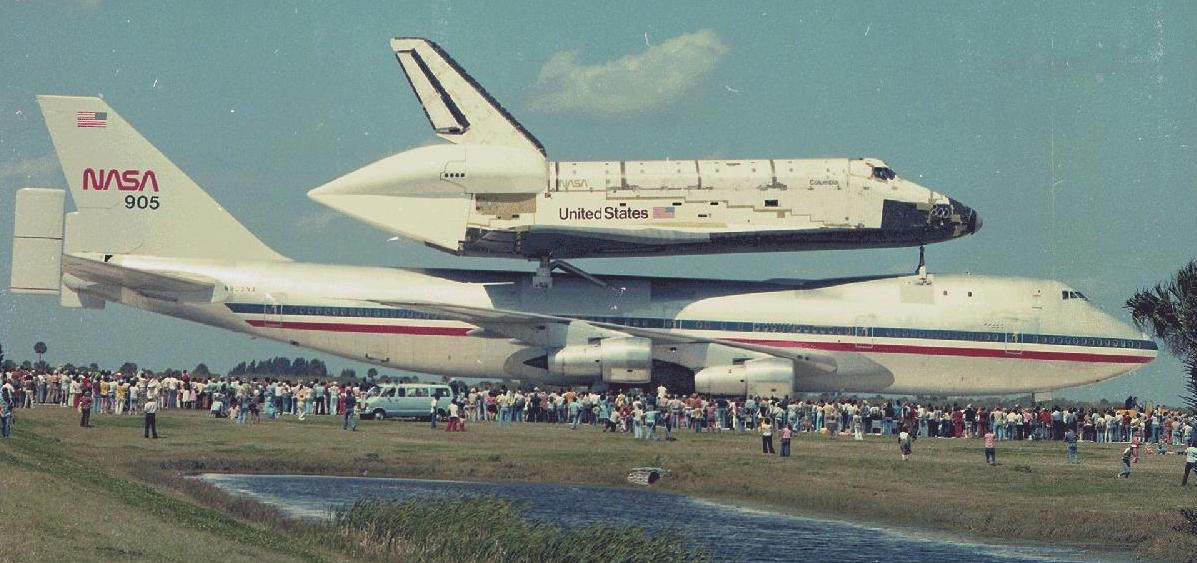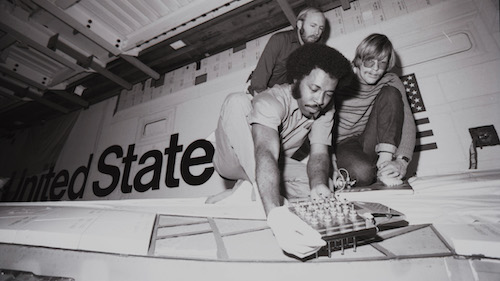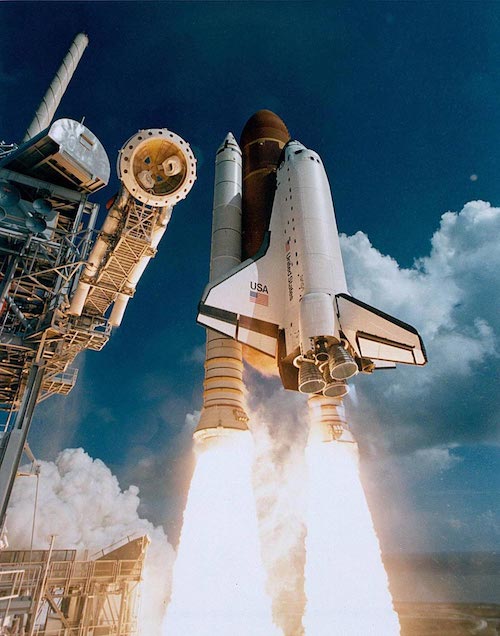Communiqué

Examine some of the program’s highest and darkest hours in “WHEN WE WERE SHUTTLE” – Aug. 31 at 9 pm
< < Back toWhen We Were Shuttle
Thursday, August 31 at 9 pm
In the words of former Kennedy Space Center Deputy Director James Jennings, the Space Shuttle was one of the greatest programs this country has ever had. “No matter where you were when the Space Shuttle launched–just for that brief moment–everybody was hoping and praying for the same thing: that we were going to be successful.” And yet, from the moment NASA first shared its vision for the Shuttle as a safe, frequent and affordable ferry to space, its track record would demonstrate the exact opposite: Estimated costs of $20 million would sky-rocket to a whopping $1.6 billion per flight; projected schedules of 60 missions a year never exceeded nine, and a machine that was repeatedly billed as safe and dependable resulted in the deaths of fourteen astronauts (the deadliest space vehicle on record to date).

Flying for thirty years, there is great disagreement about whether the Space Shuttle, as the world’s first reusable spacecraft, was truly a success story. In this feature-length documentary, When We Were Shuttle will get to the core of its legacy by tapping into the humanity behind the Shuttle Program–hearing directly from some of the exceptional men and women who worked behind-the-scenes to make it fly. What in their opinions made the Program special? Why was it necessary? How did their involvement with Shuttle impact their lives, their families and the greater community of Florida’s Space Coast? Through recollections and personal archive, the film explores their fondest memories and darkest hours: from the launching and repair of the Hubble Space Telescope and the construction of the International Space Station, to the loss of Shuttles Challenger and Columbia in accidents that were ultimately seen as avoidable, and in many ways served as the impetus for the fleet’s early retirement.

Source: NASA/KSC
For all its flaws, one of the greatest takeaways of the Shuttle Program is its attempt to be a great equalizer–both in space and on the ground. The Astronaut Corps during the Shuttle years was intentionally more reflective of America at large, more diverse in race, gender, cultural and professional backgrounds. During the Shuttle years, both NASA and its contractors also made attempts to increase the number of women and minorities in its ranks, from blue-collar and administrative positions to ones in management and leadership.
Unlike other documentaries which offer a top-down approach, focusing on the narratives of astronauts and figureheads, When We Were Shuttle delivers a unique and intimate character-driven portrait of the Space Shuttle years. As both NASA and now companies in the private sector push to make space travel more cost-effective, reliable and ultimately more routine, the social history captured in this story offers viewers a more holistic framework for understanding our collective spaceflight history, giving us in turn a better platform for determining not just where we might want to go in our continued exploration of space, but how we go about doing it.

